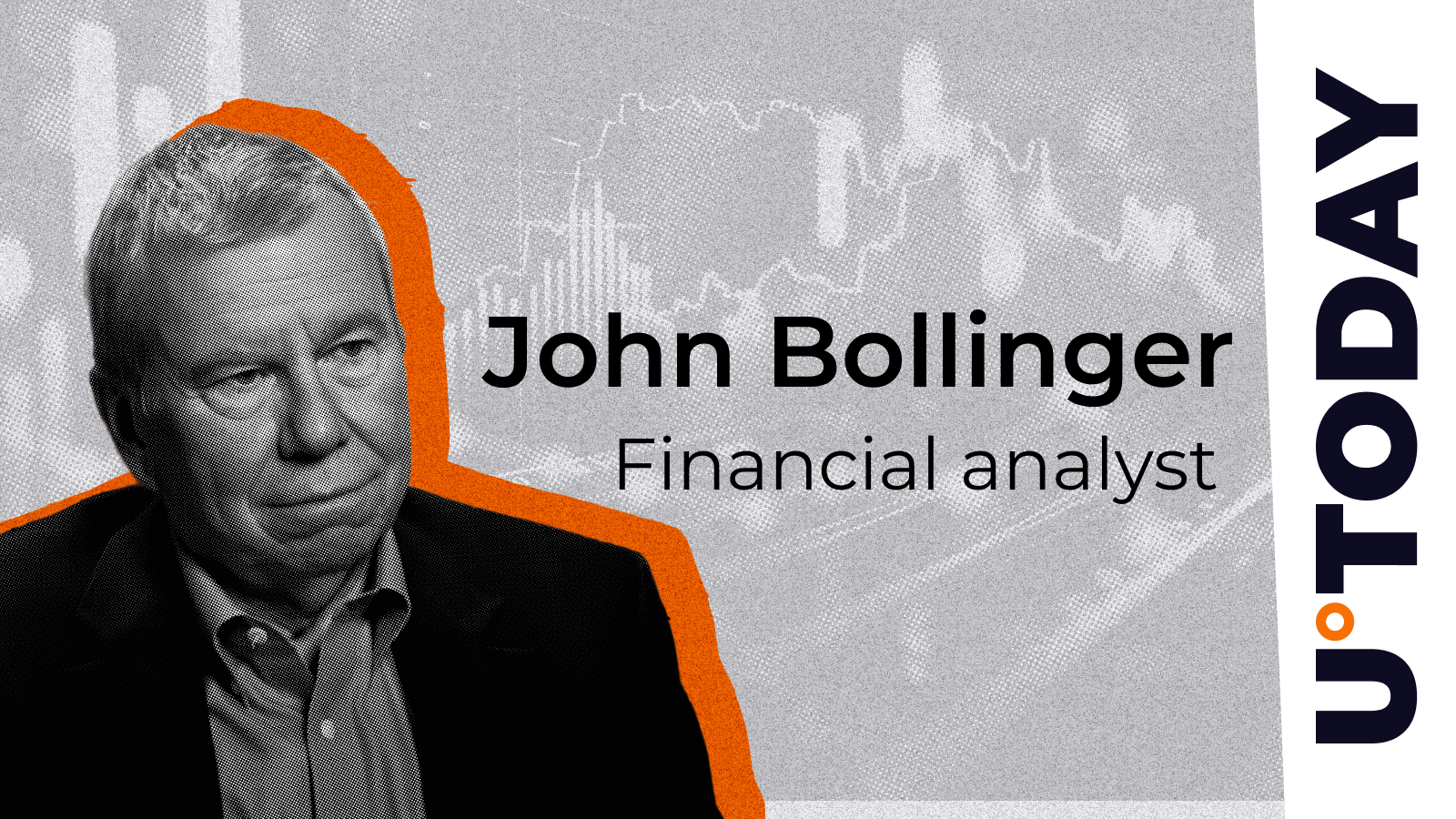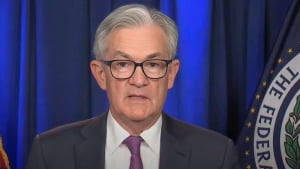Legendary Trader John Bollinger Breaks Silence on Fed Rate Cut
09/19/2024 18:29
Veteran trader John Bollinger reveals what Fed rate cut might really be
Yesterday, the Federal Reserve made a significant move by cutting the Fed rate by 50 basis points. Policymakers pointed to sustained economic growth despite slower job creation and a slight rise in the unemployment rate. Inflation, though still above target, has been moving closer to the Fed’s 2% goal.
In response to this major rate cut, markets saw a positive reaction, with particular growth noted in the cryptocurrency sector. Investors are closely watching the Fed's next steps, as the central bank continues to assess economic data and risks before considering any further adjustments to interest rates.
One noteworthy reaction came from renowned financial analyst John Bollinger, best known for creating the Bollinger Bands trading indicator. As market participants weighed the implications of the rate cut, Bollinger acknowledged the statement that the rate adjustments should be viewed as a return to normalcy, rather than a simple easing of monetary policy.
What's next?
On the one hand, it is now logical to assume that after fixing longs, there should be no reason for a fall. We leave geopolitics aside - it is an eternal black swan flying somewhere nearby. The main risk here is the Nasdaq and the S&P500, which never had a normal correction. And if people decide to fix blue chips now, Bitcoin may go much lower.
Powell, by the way, was asked directly whether there will be a recession, as often happens after the start of lowering rates, to which he answered quite unambiguously that there are no signs of recession now.
On the other hand, the average maximum drawdown for the S&P 500 one year after the Fed's rapid contraction cycle begins is -20.7%, and the average maximum drawdown one year after the slow contraction cycle begins is -7.4%.

